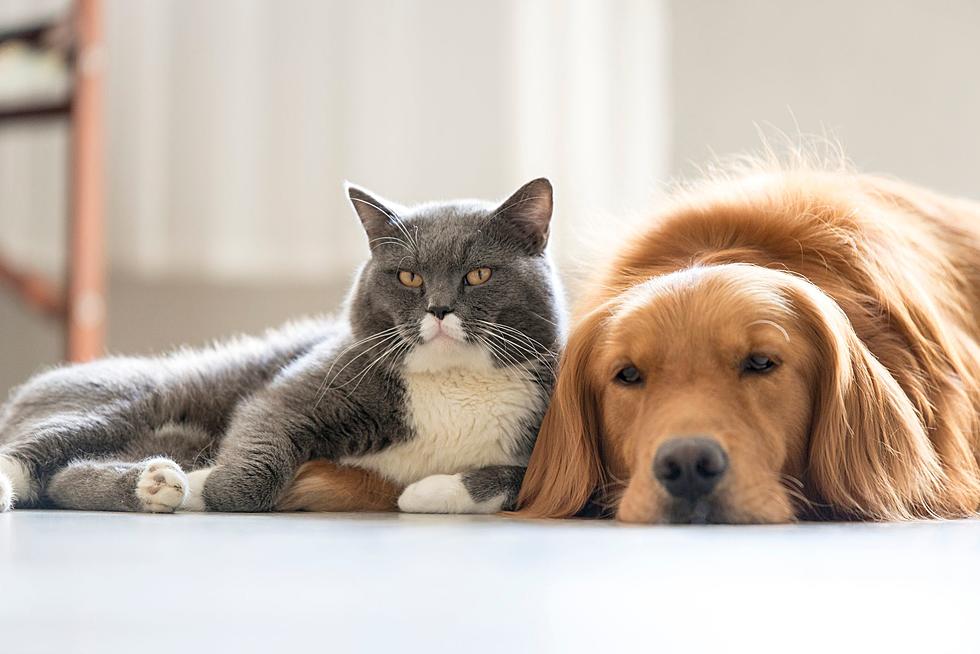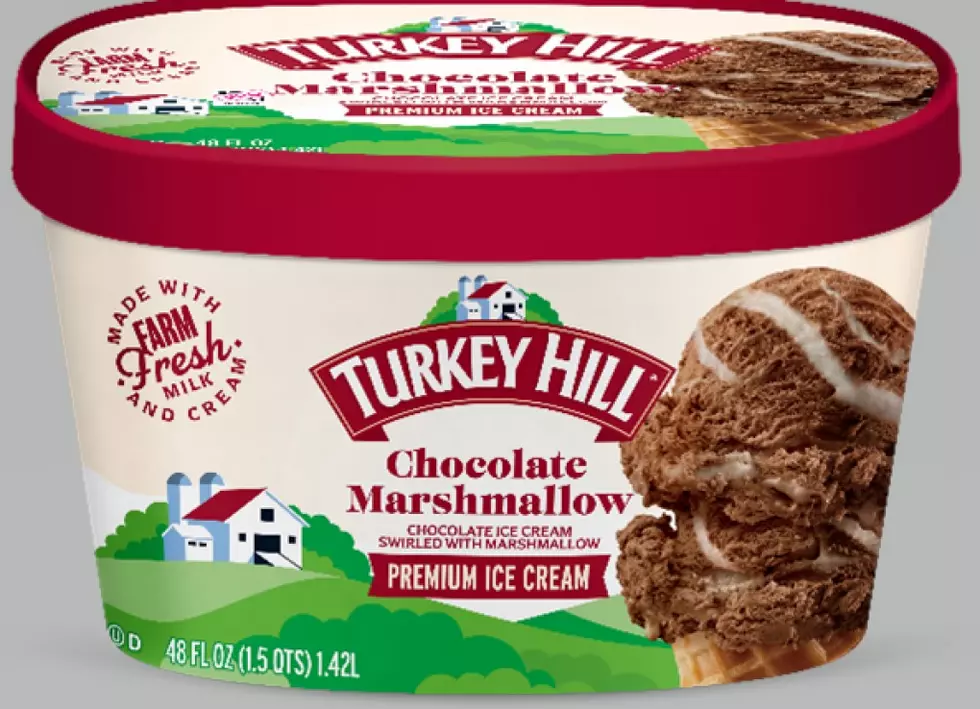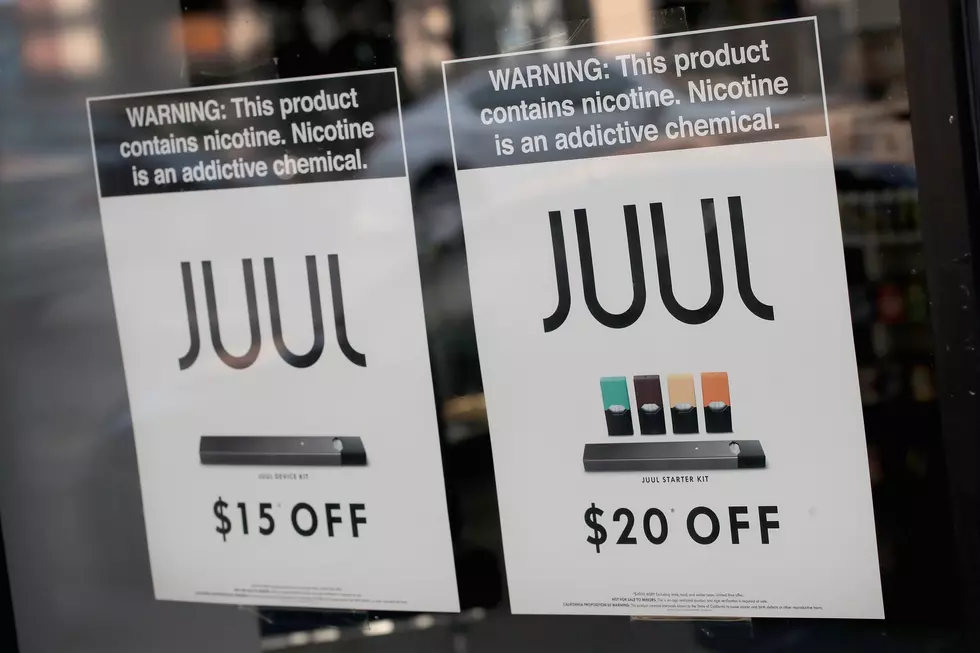
Are you feeding your dog or cat correctly?
The Food and Drug Administration has guidelines regarding the proper ways to buy, prepare and store pet food.
A new study out of North Carolina published in PLOS ONE found that less than 5% of a survey of 417 dog owners were aware of FDA guidelines regarding dog feeding.
Any pet diet must be balanced and complete and having a conversation with your pet's veterinarian is crucial, said Brick veterinarian Adam Christman and chief veterinary officer at DVM 360, the country's top veterinary multi-media publication.
How much food should you give your dog?
He said properly feeding a dog (or cat) depends on the animal's body condition score which can be done in a vet's office. This determines if a pet is overweight or too thin. It looks at the animal's size and breed, and if it's a puppy, how big it will become.
But generally, dog owners should read the bag of commercial dog food they bought. Check out the serving food size. Christman said, for example, it might say for a 30-pound dog, the serving size is a cup of food.
But that does not mean a cup of food per feeding. It means a cup of food per day, said Christman. So, if your dog eats twice a day, then it's half a cup of food during one meal time and half a cup of food at the other. He added this amount of food for this size dog is reasonable because they'll most likely get a few snacks during the day.
"The other consideration to ask is whether your pet is spayed or neutered too because that also alters the nutritional requirements that they're going to need. They don't need as many calories as an intact animal does," Christman does.
Following the serving size on the bag is key but he said sometimes the vet will even alter that amount. So, have a conversation about the proper way to feed a dog or cat.
How to keep pet food and water bowls sanitary?
First, it's important to use clean hands yourself when preparing a pet's meal, according to FDA guidelines. Both before and after handling pet food and treats, wash your hands for at least 20 seconds with soap and hot water.
Christman said it's also important to keep a pet's food dish very sanitary to prevent any bacteria from forming or cross-contamination of foods.
Clean the bowls with good soap and water right after feeding or throw them in the dishwasher. Scooping utensils should also be washed very well. Do not use a pet's food bowl as a scooping utensil. Use a clean scoop, spoon, or cup instead.
"Fun fact: Plastic bowls tend to harbor more bacteria than ceramic and stainless steel bowls," Christman said. Therefore, plastic bowls need to be scrubbed very well.
Change the pet's water bowls daily and clean them too. Christman said to feel the bottom of an animal's water bowl. It feels slimy and gamey because their tongues are constantly in it and it's standing water. Wash water bowls a couple of times a day too.
How to store pet food?
Christman said that according to the FDA guidelines, dry pet food should be kept in a cool, dry place. Excess heat or moisture can cause the nutrients in the food to break down.
Wet food should be stored in the refrigerator. But Christman suggests not using aluminum foil to cover the food. Instead, use a tight lid. After 4 or 5 days, throw out the food because it will get nasty.
"One big fact I like to tell everyone is that 56% of dogs in the United States were overweight or obese in 2017. That's over 15 million dogs that were too heavy. I'm on a big initiative in my career to make sure that our dogs and cats stay healthy because obesity is a disease and it's reversible," Christman said.
There are not a lot of diseases out there that are reversible to enhance the quality of life for fur babies.
Christman said it's important to keep these animals nice and lean. Listen to your veterinarian. Follow the FDA guidelines n how to properly feed dogs and cats. Use proper hygiene to stop the spread of bacteria and diseases, and store food safely away to keep them fresh as well.
Jen Ursillo is a reporter and anchor for New Jersey 101.5. You can reach her at jennifer.ursillo@townsquaremedia.com
Click here to contact an editor about feedback or a correction for this story.
New Jersey high school graduation rates
More From 105.7 The Hawk







